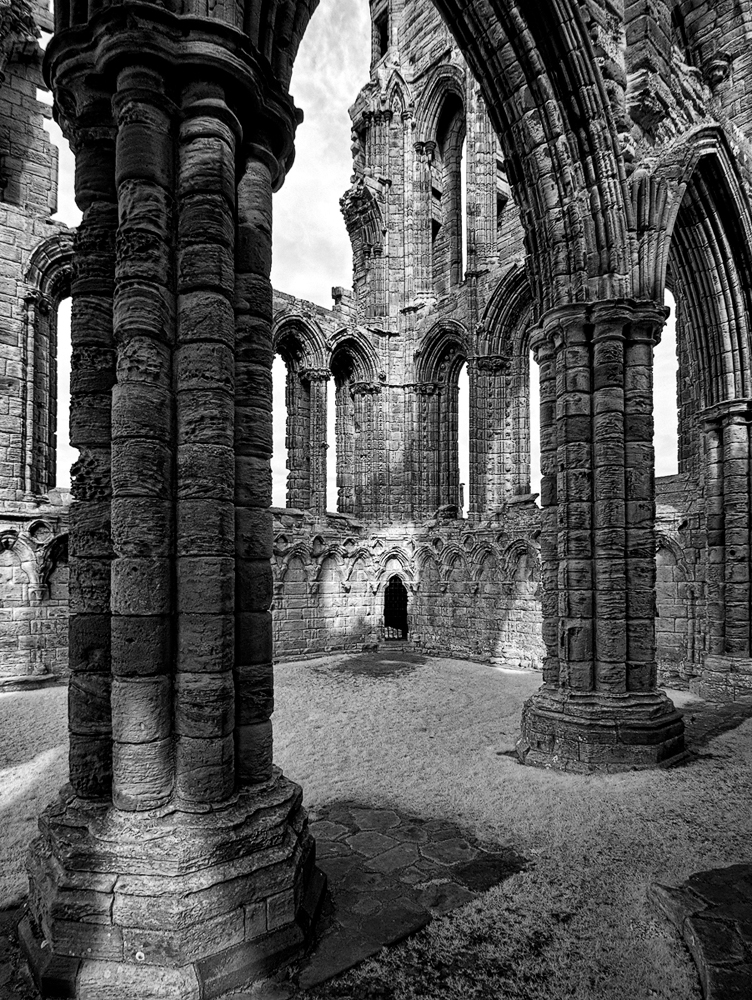
My infrared converted GX1 continues to draw me in and has become somewhat addictive. I often see comments from people saying getting an old camera converted is making good use of it. If you have an old camera and are considering getting it converted I would however suggest thinking twice. Not because it’s addictive and will move you away from standard photography, but because I don’t think old cameras are really that usable when converted. I have three reasons for this:
- Shooting infrared becomes much easier when you are able to see the IR results in live view, something that a lot of older cameras don’t have. Trying to compose an image through a viewfinder often leaves too much to luck as you attempt to maximize the IR effect. Live view is a real bonus in this respect and I would consider it almost essential for IR work.
- The sensor quality of the older cameras is not really great for IR. Most of the data in an IR image is captured in the red channel with the other channels being interpolated from this by the camera and RAW converter. This means your image quality can be much lower than expected so using an old low resolution sensor can lead to disappointing results.
- Simply using an old camera can be frustrating. It’s quite amazing how much the technology has moved on in the past 5 years and how much you will miss some of the features you now consider standard.
The purpose of this post however is to share the image above of Whitby Abby and mention a strange effect I have noticed. When shooting Infrared I find I can often use the camera handheld when a traditional camera would struggle with low light levels as was the case with the image above. The other thing I have noticed is that there is less contrast in shadows and this allows the Infrared camera to reveal more detail. Certainly in the image above a standard GX1 would have shown dark shadows and bright highlights. With the image above I actually needed to boost the contrast as the shadows were too light.
I don’t know if this information will be useful to anyone but I thought it worthwhile sharing in case.
This is truly beautiful.
such wonderful tones.
Thank you. I have to admit that I wrote the post a couple of days ago with another image in mind. I just happened to be processing this one last night for a new book and decided I liked it better. I’m very happy someone else also likes it.